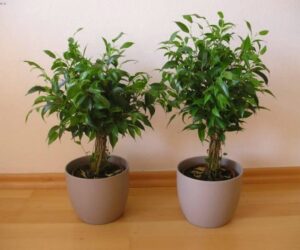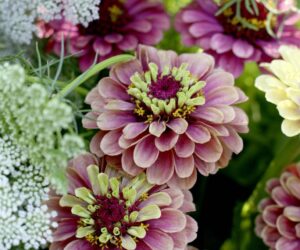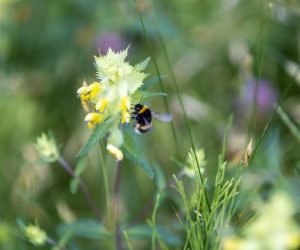Chili peppers that we grow at home have a nice color, texture, and the most important thing, they have an amazing taste. You can grow them in the garden, but they are great for pot planting as well. Chilli peppers are found in many varieties. Some plants produce fruits with quite a mild flavor, and certain types are considered super hot.
Well-known chilies are, for example, Cherry pepper, Cayenne, Jalapeño, Habanero, etc. Their strength is measured in scovilles. There is a very mild one called Yellow wax pepper which can reach up to 500 scoviles, and it reaches up to 300.000 scovilles. You can try different types and plant them at the same time.
Here is some helpful advice on how to grow them at home.
1. When to plant

If you’ll plant chili peppers in your garden, try to find a plot that gets full sun. You can grow them outside from May or when all the frost danger is over. If you decide to plant the seeds, you can start a few months earlier indoors. The best time to do the planting would be in the morning or afternoon. Choose a sunny day, though.
2. Planting

It is not difficult to grow chili peppers from the seeds. You can speed up seed germination by placing a clear thicker plastic bag over the top of the pot and tighten it with an elastic band. When planting your chili peppers into the ground, put them around 18 inches apart to avoid crowding. Plant them with some of the stems under the soil.
3. Soil

Via www.jimmyinthegarden.com
Chilli roots need air so take care of proper drainage. That is even more important if you live in an area where there is a lot of rain. You can mix a bit of sand into your soil. For the best outcome, the soil should have a neutral or slightly acidic pH of around 6.5 and plenty of nutrients. After the first planting, give the chilies a bit of extra water to avoid transplant shock.
4. Waterings

When watering your chilies, do it thoroughly and deeply rather than often and shallow. Chilli peppers will thrive best when their soil is moist but not soaking wet, so make sure it will dry up before the next watering. Too much water will drown out the chilies and cause them to grow less fruit. It is also better to use water that has stood for 24 hours.
5. Sunlight

Chilli peppers can grow almost anywhere, but they prefer warm conditions. They are actually true heat lovers, and they grow most successfully when they get plenty of suns. Chilies need at least six hours of sun daily to produce strong stocky plants.
6. Fertilizer

It is recommended to incorporate light and well-drained compost into your soil a few weeks before planting. If potassium is not already present in sufficient amounts, then you’ll notice a significant growth improvement on your chili pepper plants if you add it to their soil. You can also use liquid fertilizer.
7. Growth in pots

Via agriculture90.blogspot.com
With the right conditions, chilies can do brilliantly in containers. When they grow bigger, they will need to be transplanted into a larger pot but do it gradually. It is better to replant them several times than change a really small pot for 5 liters one.
8. Harvesting

Via www.youtube.com
You can remove your chili peppers from the plants with a sharp knife. It is highly recommended to harvest them regularly because then the plant puts all of the energy into producing more fruits. Any type of chilies can easily be dried or frozen so that you can use them all year round. If you’re planning to make chili powder, it would be better to leave them on the branch to dry up.
9. Pests and diseases

Via www.yates.com.au
You may discover aphids or Whitefly on your chili pepper plants. Another thing that can occur is grey mold. It is most common for densely sown crops and in wet conditions. If you see it, remove the infected parts.
10. No fruits

Via chillipepperheaven.blogspot.com
Sometimes it happens that the plant doesn’t produce fruit. The majority of chili peppers require insect pollination. If that doesn’t happen especially when you grow your chilies in a greenhouse, you can do hand pollination. Use a moistened paintbrush, pick up some pollen produced on the stamens, and then transfer it to another flower center. The best time is a few hours afternoon.



